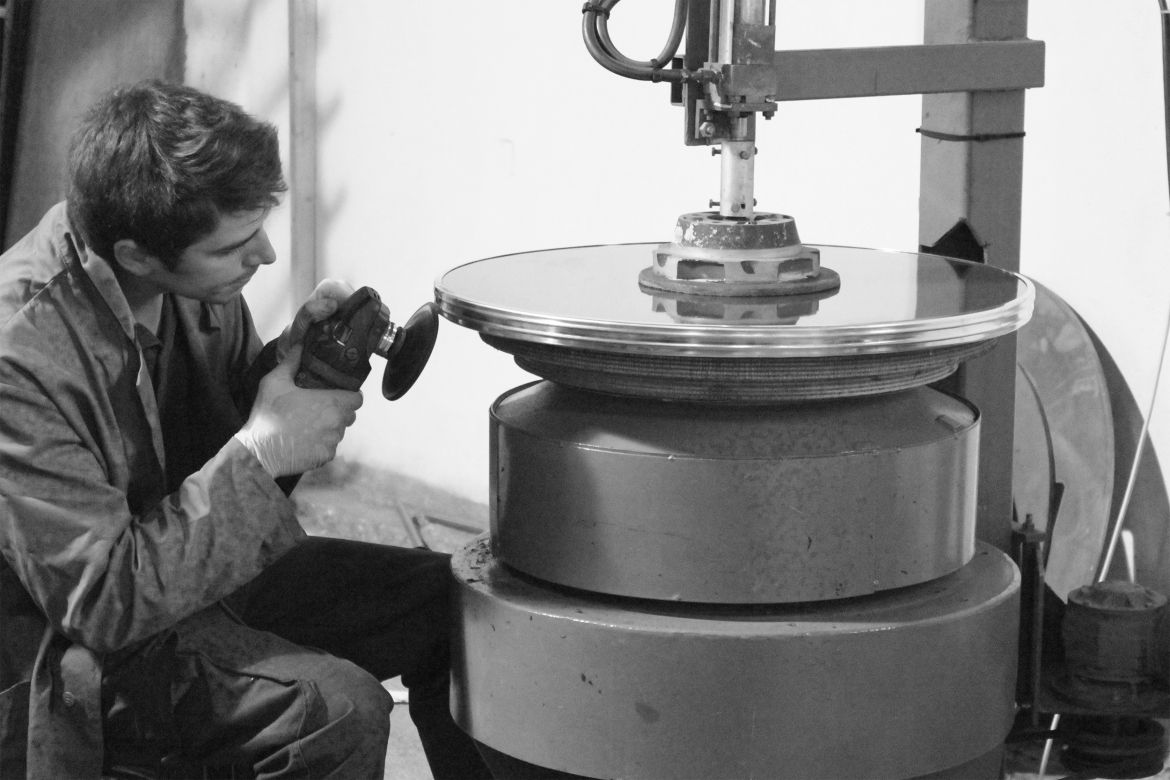Worker diversity and inclusion
The labour market in Ontario and across Canada is becoming more diverse. Greater attention to the labour market experiences of newcomers and recent immigrants to Canada is needed, as is greater attention to the ways race, age, gender and health status affect occupational health and safety (OHS) and disability management outcomes. Our research examines how our increasingly diverse workforce—racially, culturally and linguistically—affects OHS awareness, training and health outcomes. It also seeks to better understand the varied health and work experiences of workers with diverse health conditions and identities, and how workplaces can best support these workers.
Latest findings

Older workers not prone to ask for employer support, citing ageism and other issues
Many older workers are in no hurry to retire, but they may have support needs they're reluctant to divulge. An IWH team explores the reasons and suggests ways workplaces can provide support despite the absence of disclosure.
Examining the link between job insecurity, work limitations and persistent symptoms among young adults with rheumatic disease
Young adults with rheumatic disease who reported high work activity limitations were also more likely to report persistent high levels of pain, fatigue and active rheumatic disease symptoms. Those who experienced job insecurity were more likely to report persistent pain and active disease symptoms.
Review synthesizes differences between men, women in injury risks and outcomes
Men and women may be part of the labour force in similar proportions, but many industries and occupations are still dominated by one sex/gender or another. A new systematic review at IWH looks at differences between men and women in work exposures and injury/illness outcomes.Featured impact case study
Featured resource

